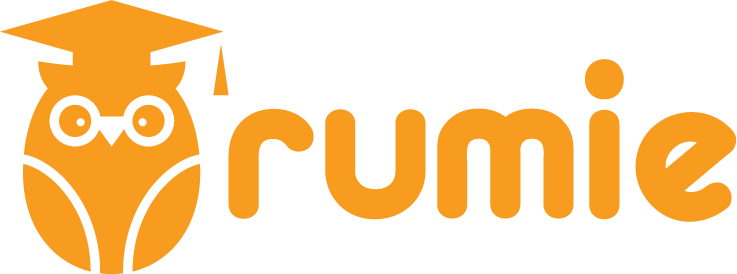What is equality?
Equality means that everyone — regardless of their background, income, or identity — should have access to the same opportunities and rights. But in reality, barriers like discrimination, income gaps, and social exclusion prevent many people from reaching their full potential.
This is why the United Nations created SDG 10: Reduced Inequality— a global commitment to closing these gaps and ensuring fairness for all.
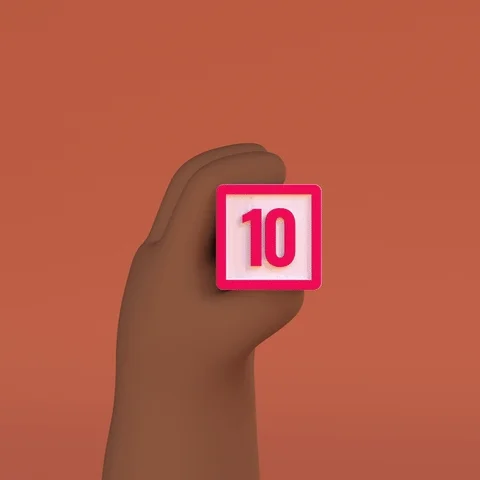
But change doesn’t have to start on a global scale — it begins with you!
Look around. How do you see inequality affecting those around you? What steps can you take to help create a world where everyone has equal opportunities? Even the smallest actions can set off a chain reaction, bringing us closer to a fairer, more inclusive society.
Take a closer look at how SDG 10 is shaping a more equal world, and how you can be part of the solution.
What Are the (SDGs)?
The Sustainable Development Goals (SDGs) are a set of global goals established by the United Nations to address critical issues such as poverty, climate change, and inequality. These goals aren’t just for governments — they require individuals, communities, and businesses to take action.
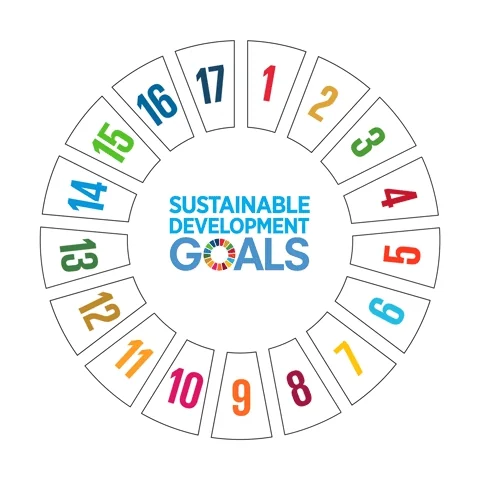 While no single action will solve inequality overnight, every effort counts. Speaking up, supporting fair policies, and challenging discrimination create a ripple effect, helping to tackle inequality and address many other interconnected issues.
While no single action will solve inequality overnight, every effort counts. Speaking up, supporting fair policies, and challenging discrimination create a ripple effect, helping to tackle inequality and address many other interconnected issues.
Why SDG 10 on Reducing Inequality Matters
Let’s be real. Our world isn’t fair for everyone. Some people face barriers because of their income, race, gender, religion, disability, or even where they’re born.
SDG 10 focuses on fixing that. Why?
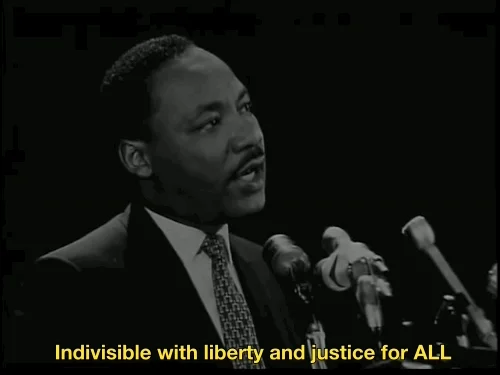
Income gaps: The richest 10% hold 76% of the world’s wealth.
Discrimination: Millions are excluded from opportunities based on age, gender, disability, religion, race, or economic status.
Healthcare: Women and children with a lack of access to healthcare die each day from preventable diseases.
Migration: Migrants often face unsafe conditions, discrimination, and lack of legal protections.
International law: Many countries still fail to implement international human rights laws that protect against discrimination and ensure equality for everyone.
Developing countries: Developing countries lack fair representation in global economic institutions, limiting their ability to influence decisions that affect their futures.
Global: Global inequality affects us all, no matter who we are or where we're from.
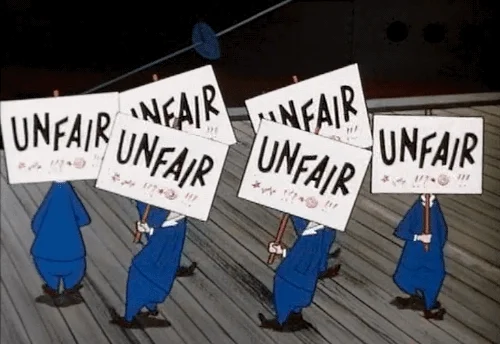
SDG 10 (Reduced Inequality) pushes for a future where opportunity isn’t reserved for a select few, and no one’s left behind.
What Does Success Look Like for SDG 10?
Imagine a world with SDG 10 for all:
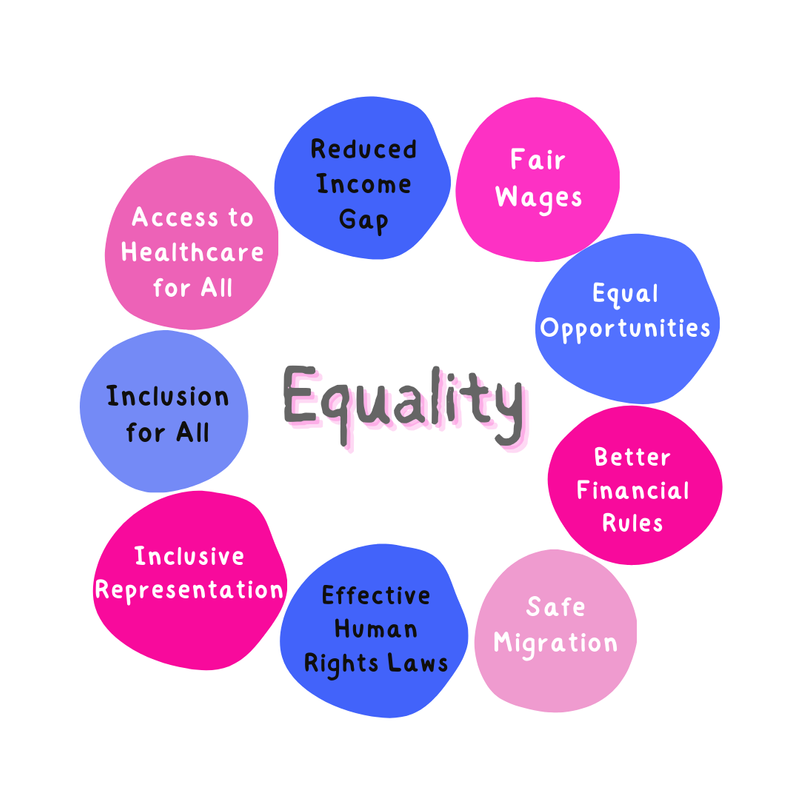 Image created by the author via Canva. To hear an audio description of the image, click play on the audio player below:
Image created by the author via Canva. To hear an audio description of the image, click play on the audio player below:
It’s a world:
where no one is held back by their background, income, race, or identity.
built on inclusion, where everyone has a fair shot — regardless of who they are or where they come from.
where the poorest see their incomes grow, workers are paid fairly, and everyone has access to quality education, healthcare, and opportunities.
where migration is safe, developing countries have a real voice in global decisions, and international law protects human rights all around the globe.
SDG 10 (Reduced Inequality)makes the dream of a fair world a reality, where inequality fades, and we all rise together.
How Does SDG 10 Affect Other SDGs?
SDG 10 (Reduced Inequality) is closely tied to every other SDG. For example:
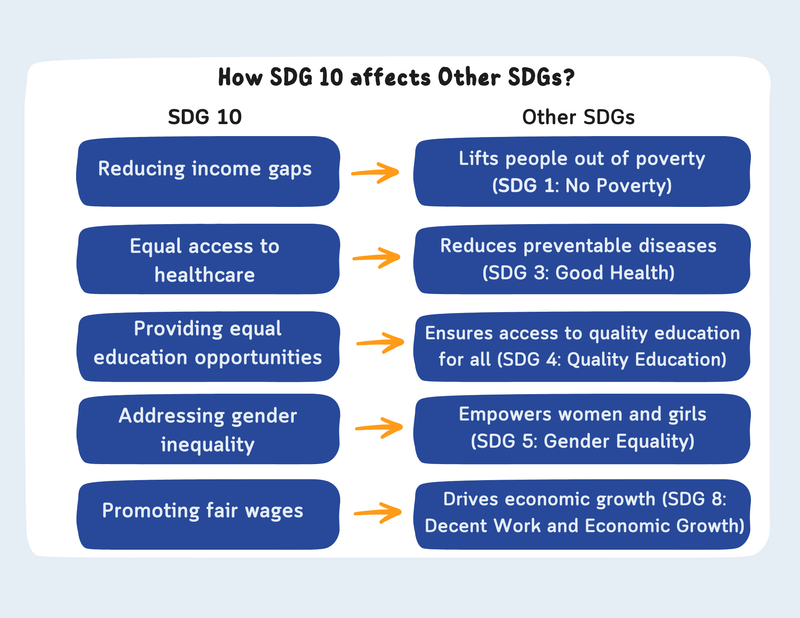 Image created by the author via Canva. To hear an audio description of the image, click play on the audio player below:
Image created by the author via Canva. To hear an audio description of the image, click play on the audio player below:
How Can You Help?
Small Actions, Big Change!
Making a difference doesn’t require a big leap, it’s the small actions we take every day that count. Challenge yourself!Every action counts in the fight against inequality. Ready to take action?
Explore the challenges listed below under 3 missions, and choose as many challenges as you can commit to:
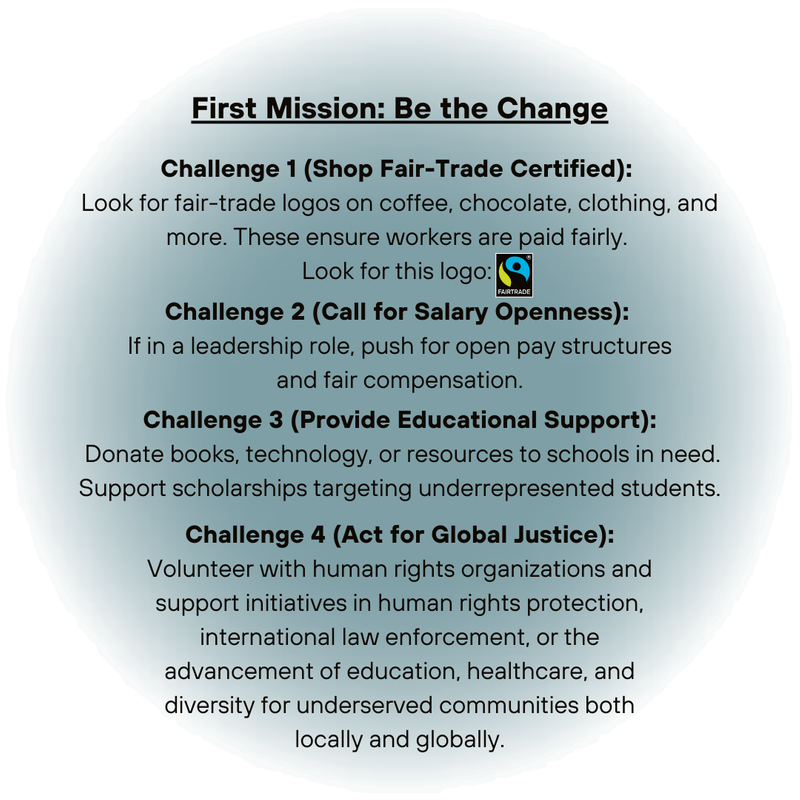 Image created by the author via Canva. To hear an audio description of the image, click play on the audio player below:
Image created by the author via Canva. To hear an audio description of the image, click play on the audio player below:
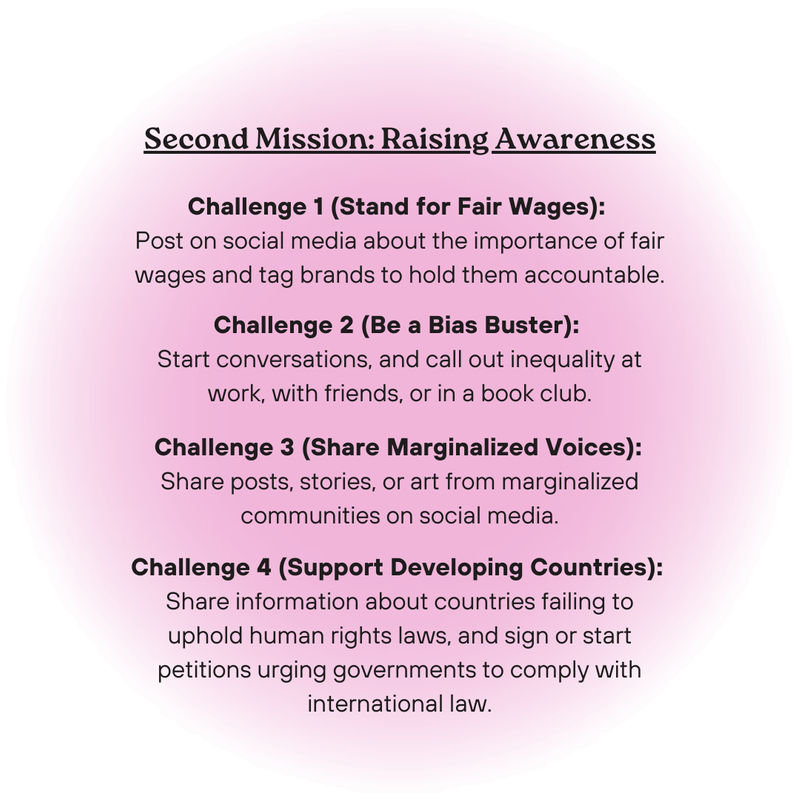 Image created by the author via Canva. To hear an audio description of the image, click play on the audio player below:
Image created by the author via Canva. To hear an audio description of the image, click play on the audio player below:
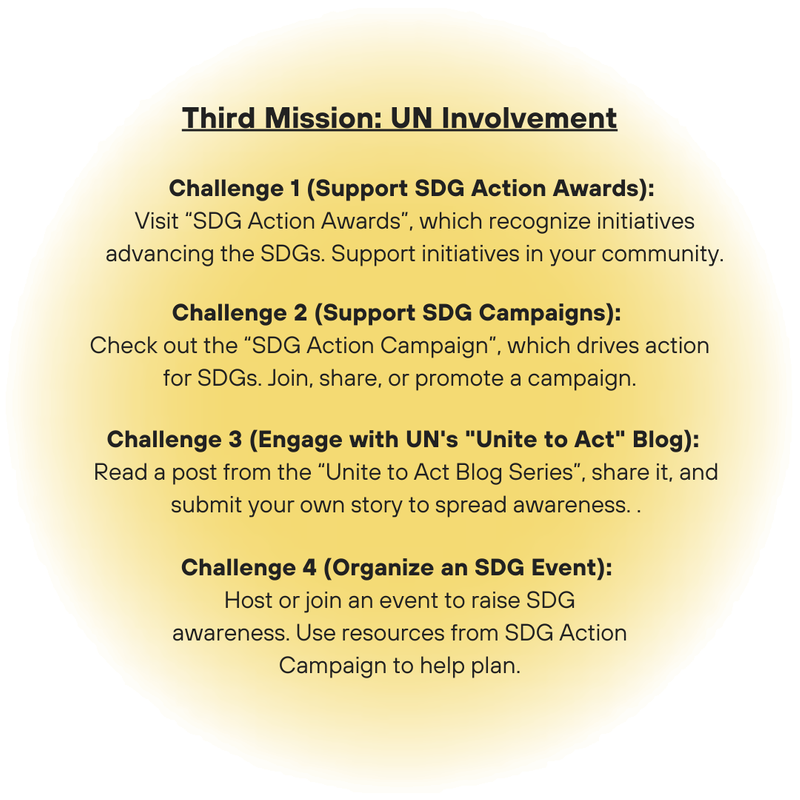 Image created by the author via Canva. To hear an audio description of the image, click play on the audio player below:
Image created by the author via Canva. To hear an audio description of the image, click play on the audio player below:
Disclaimer:
Scenario: In Their Own Words
Kenda is organizing a meeting to improve access to education and jobs for young women in her community. She wants to ensure that all voices — especially those often unheard — have a platform. As she plans the discussion, she carefully considers how to create an inclusive and meaningful space.
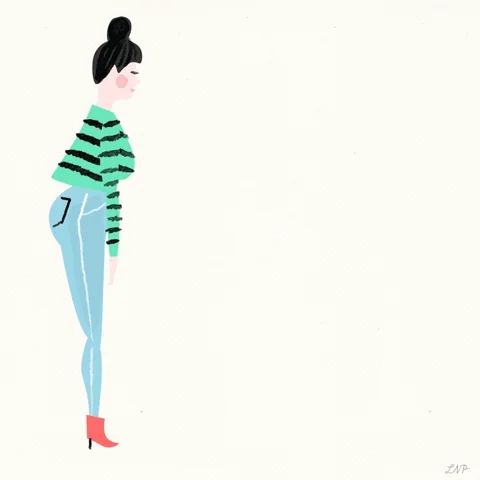
Question: What is the best way for Kenda to support underrepresented voices in her meeting?
A. Invite only senior women in the workforce, excluding younger or less experienced voices.
B. Invite an expert professor to give a lecture on inequality.
C. Focus solely on gender without considering race, class, and other factors.
D. Invite young local women to share their experiences and concerns.
Quiz
What is the best way for Kenda to support underrepresented voices in her meeting?
Take Action
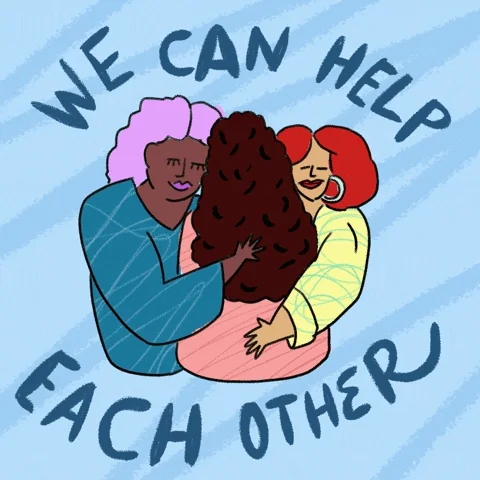
Let’s build a more equal world, one step at a time!
Your feedback matters to us.
This Byte helped me better understand the topic.
